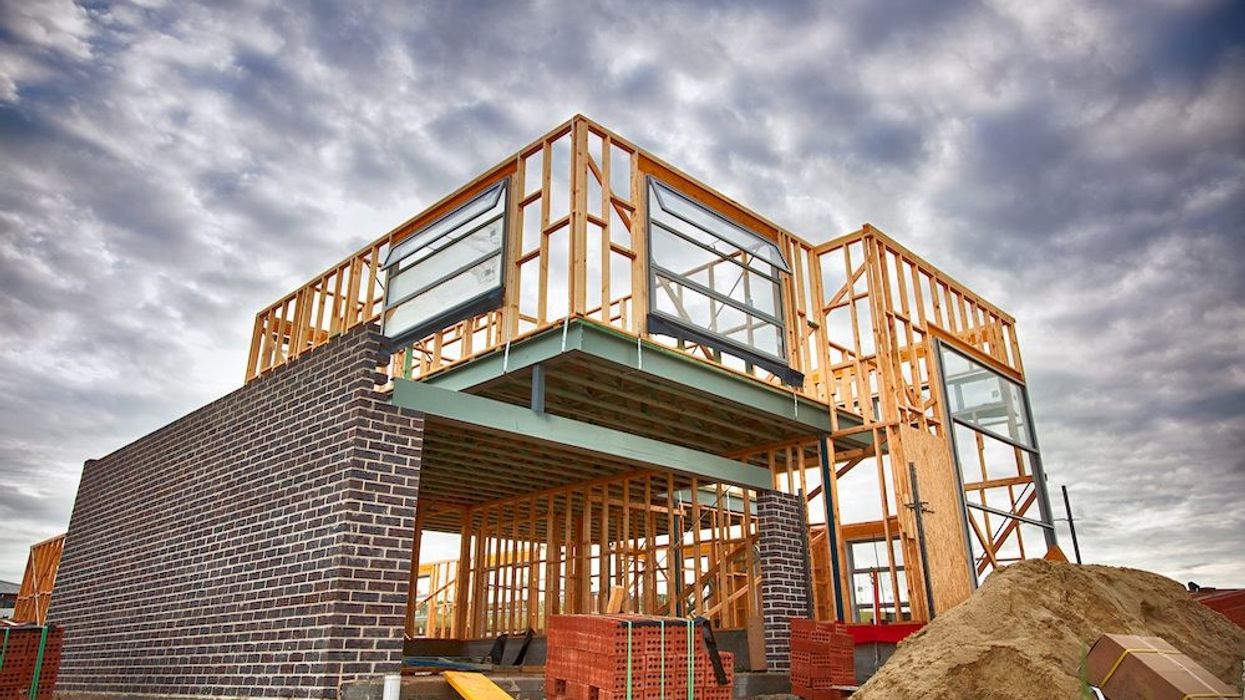Although both residential and non-residential building construction costs saw an increase last quarter, the rate of growth has “notably slowed” both on a quarterly basis and compared to the past year and a half.
This is according to building construction price index data for Q3 2022, released by Statistics Canada (StatCan) today.
The data showed that residential building construction costs rose 2.5% and non-residential building construction costs rose 2.1% in the third quarter of this year. Comparatively, those same growth rates clocked in at 5.3% and 4.0% respectively in the quarter prior.
Nonetheless, Q3’s growth is partly attributed to skilled labour shortages and high labour costs. Many construction jobs are currently vacant, pushing wages higher. Labour contract renegotiations, higher fuel costs, and limited availability of concrete, steel, glass, and piping also drove up the overall construction costs.
READ: As New Home Sales Plummet, Developers Get Creative in "Dead Market"
Of the 11 census metropolitan areas (CMAs) considered by StatCan’s survey, 10 saw building construction costs increase at a slower pace in Q3 compared to the two quarters prior. This is attributed to declining softwood lumber prices, amid a housing construction downswing in the US.
Residential construction costs increased most notably in Toronto -- growing 4.2% in Q3 -- and growth was recorded across all property types, with costs for building low-rise apartments being the highest. Vancouver and St. John's were next in line, with residential construction costs growing 1.9% and 1.7% respectively.
Saskatoon was the only outlier, with residential building construction costs declining by a nominal 0.1% in Q3. Although high-rise residential building construction costs increased, costs for single-detached houses and townhouses decreased and offset any potential growth.
Across the board, high-rise apartment building construction costs grew 3.0%, led by Toronto at 3.9%, Vancouver at 2.0%, and Calgary at 2.0%.
In the non-residential building sector, shortages and high costs for labour and materials put upward pressure on construction costs in Q3.
Again, Toronto saw the most non-residential building construction cost growth, at 2.6%, followed closely by St. John's at 2.3%. St. John's was the only CMA included in StatCan’s survey to see higher construction costs in Q3 than in Q2. Saskatoon saw the smallest quarterly price increase at 1.0%, followed by Halifax at 1.3%, and Calgary at 1.4%.
Considering data from all CMA’s, construction costs associated with factories and office buildings saw the most significant increases, growing 2.3% and 2.1% respectively.
On a year-over-year basis, residential construction costs grew 18.7% in Q3 (for the composite), led by Toronto at 25.9% and Edmonton at 19.5%.
Non-residential construction building costs increased 12.5% YoY, moderating from the quarters prior. Again, the largest increase was in Toronto at 15.6%, followed by Montreal at 13.0% and Ottawa at 12.6%.





















